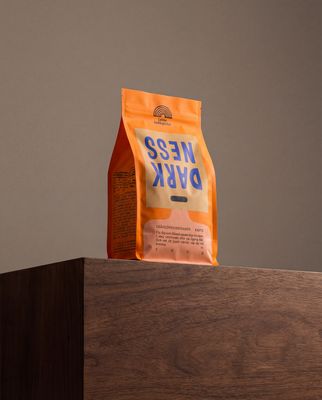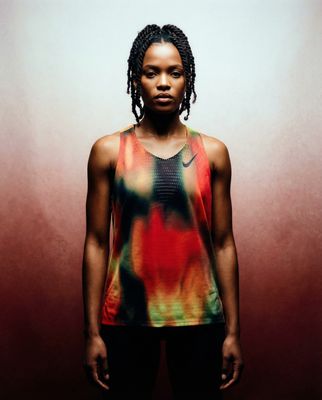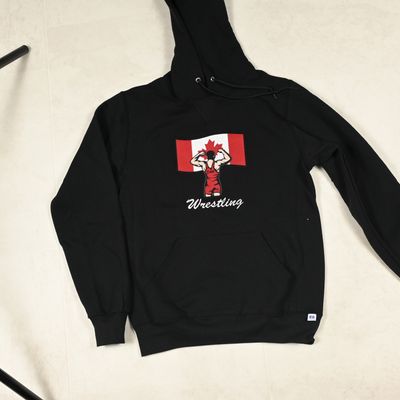Everything about the color Chestnut
The meaning of the color chestnut and color combinations to inspire your next creation.
Browse images in the color chestnut
What color is chestnut?
Chestnut is a rich, warm brown with reddish undertones, reminiscent of the glossy shell of the chestnut seed. It exudes a sense of earthiness and warmth, making it a popular choice for autumnal palettes.
What are similar colors to chestnut?
For variations within the same warm and earthy spectrum as chestnut, consider:
- Mahogany (#C04000) shares chestnut's reddish-brown tones but with a deeper, more intense hue.
- Auburn (#A52A2A) is similar to chestnut with its reddish-brown shade, offering a slightly darker and more muted appearance.
- Cognac (#9A463D) closely resembles chestnut with its blend of brown and red, providing a rich, luxurious feel.
- Sienna (#A0522D) offers a lighter, more orange-tinged version of chestnut, maintaining the warm, earthy essence.
What color goes with chestnut?
To complement chestnut's warm tones, consider pairing it with:
- Ivory (#FFFFF0) offers a soft, neutral contrast that highlights chestnut's richness.
- Sage (#BCB88A) provides a refreshing, muted green balance that complements chestnut's earthy warmth.
- Peach (#FFE5B4) adds a gentle, warm contrast that enhances chestnut's reddish undertones.
- Gold (#FFD700) introduces a touch of luxury and brightness that pairs well with chestnut's depth.
What color conflicts with chestnut?
To avoid clashing with chestnut's warm, earthy tones, consider avoiding:
- Teal (#008080) can create a jarring contrast with chestnut's warmth.
- Bright red (#FF0000) may overpower chestnut's subtle richness.
- Neon green (#39FF14) can clash with chestnut's earthy, subdued nature.
- Violet (#8A2BE2) might create an overwhelming combination when paired with chestnut.
What does the color chestnut represent?
Chestnut symbolizes warmth, stability, and reliability, often associated with the earth and nature. It evokes feelings of comfort and security. Psychologically, chestnut can promote a sense of grounding and connection to the natural world. It is often used to convey a sense of tradition and dependability. In art and design, chestnut is used to create a cozy, inviting atmosphere, often seen in rustic or autumnal themes. Its rich tones are favored for adding depth and warmth to compositions.
What's the history of chestnut?
The name "chestnut" originates from the chestnut tree, known for its glossy brown seeds encased in spiky husks. Historically, chestnut wood and seeds have been valued for their utility and beauty. The color has been used in textiles and design for centuries, admired for its natural, earthy appeal. In modern times, chestnut remains popular in fashion and interior design, celebrated for its versatility and timeless warmth.
Color Variations
Shades
Tints
Hues
Color Palettes
Monochromatic
Complementary
Analogous
Triadic
Tetradic
Images with chestnut color
Color Conversions
#954535rgb(149, 69, 53)rgb(58%, 27%, 21%)0, 54, 64, 42hsl(10, 48%, 40%)10, 64, 58#95453539, 32, 2615, 11, 539, 41, 3810010101, 01000101, 00110101Color(red: 0.5843137254901961, green: 0.27058823529411763, blue: 0.20784313725490197)UIColor(red: 0.5843137254901961, green: 0.27058823529411763, blue: 0.20784313725490197, alpha: 1.0)Color(0xFF954535)










